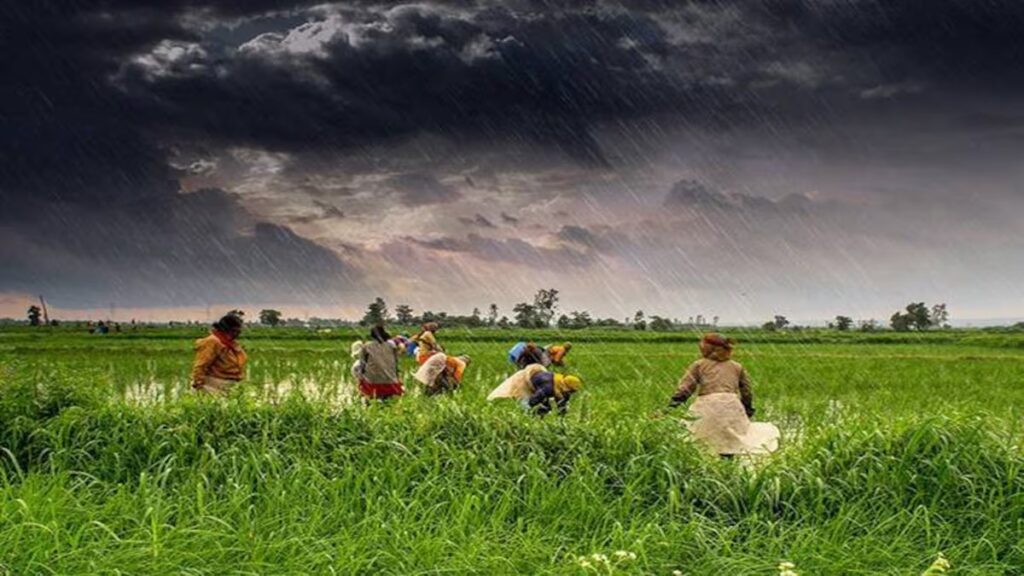India’s monsoon season has recorded 20 per cent less rainfall than usual, the Indian Meteorological Department (IMD) reported, raising alarms for the agricultural sector, which heavily depends on monsoon rains. According to The Economic Times, the deficit has left most regions, barring a few in the south, significantly drier.
Monsoon Progress and Regional Variations
The IMD detailed that rainfall since June 1 has been below normal, with significant deficits across many regions. Only a few southern areas have seen adequate precipitation. An IMD official expressed hope that the monsoon might regain strength and potentially compensate for the shortfall quickly. Traditionally, the monsoon season starts in the south around June 1 and reaches the entire country by July 8, crucial for planting key crops like rice, cotton, soybeans, and sugarcane. The current rainfall deficit threatens to impact crop yields and, consequently, economic growth in Asia’s third-largest economy.
Central and Northwest Regions Hit Hard
Recent data highlights a 29 per cent rainfall deficit in the central region, which is vital for soybean, cotton, sugarcane, and pulses. The southern region, however, benefitted from an early monsoon onset, receiving 17 per cent more rainfall, aiding paddy cultivation. The northeast experienced a 20 per cent deficit, while the northwest faced a staggering 68 per cent shortfall.
Economic Implications
Monsoon rains are critical for India’s $3.5 trillion economy, providing 70 per cent of the water required for agriculture and replenishing reservoirs and aquifers. Nearly half of India’s farmland, which lacks irrigation, depends on these annual rains that usually extend until September.
Heatwave Conditions in Northern States
In addition to the monsoon shortfall, several northwestern states are enduring severe heatwaves. Current temperatures range from 42 to 47.6 degrees Celsius, 4-9 degrees Celsius above normal, and are expected to persist for several more days, though a slight temperature drop is forecasted for the weekend.
Red Alert in Delhi
In Delhi, the IMD has upgraded its heatwave warning to a ‘red’ alert, urging residents to take precautions against extreme heat. Delhi recorded a maximum temperature of 44.9 degrees Celsius on Sunday, six degrees above normal, and a minimum of 33.2 degrees Celsius, 5.7 degrees above average. The heatwave has lasted for eight consecutive days, with the city’s maximum temperature exceeding 40 degrees Celsius for 35 days in a row. The IMD has advised avoiding unnecessary outdoor activities due to the heightened risk of heat-related illnesses.
The combined challenges of a significant monsoon deficit and prolonged heatwaves pose serious threats to India’s agriculture and economy. With nearly half of the country’s farmland relying on monsoon rains and extreme temperatures exacerbating the situation, urgent measures and effective management are essential to mitigate the adverse impacts on crop yields and overall economic stability.

